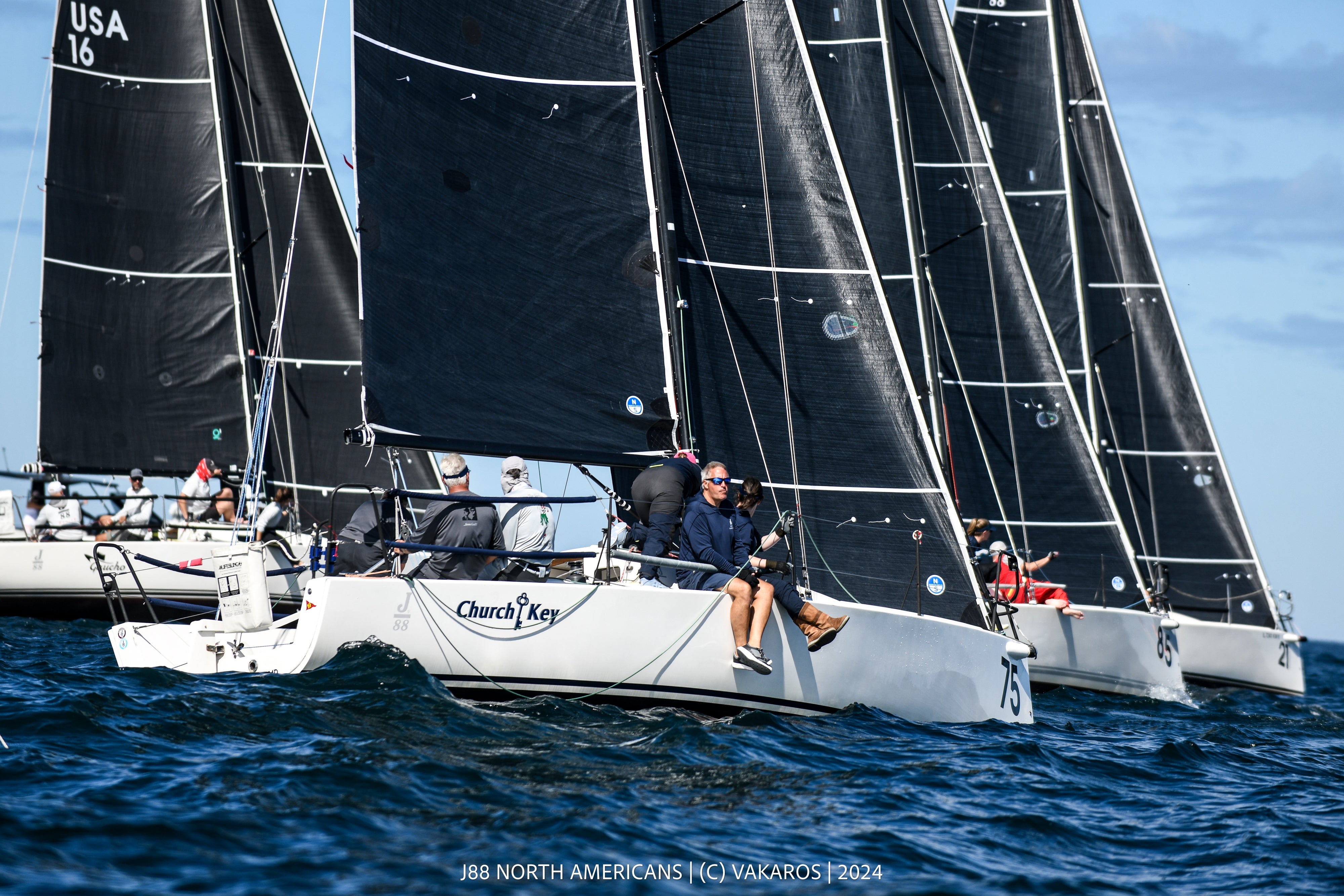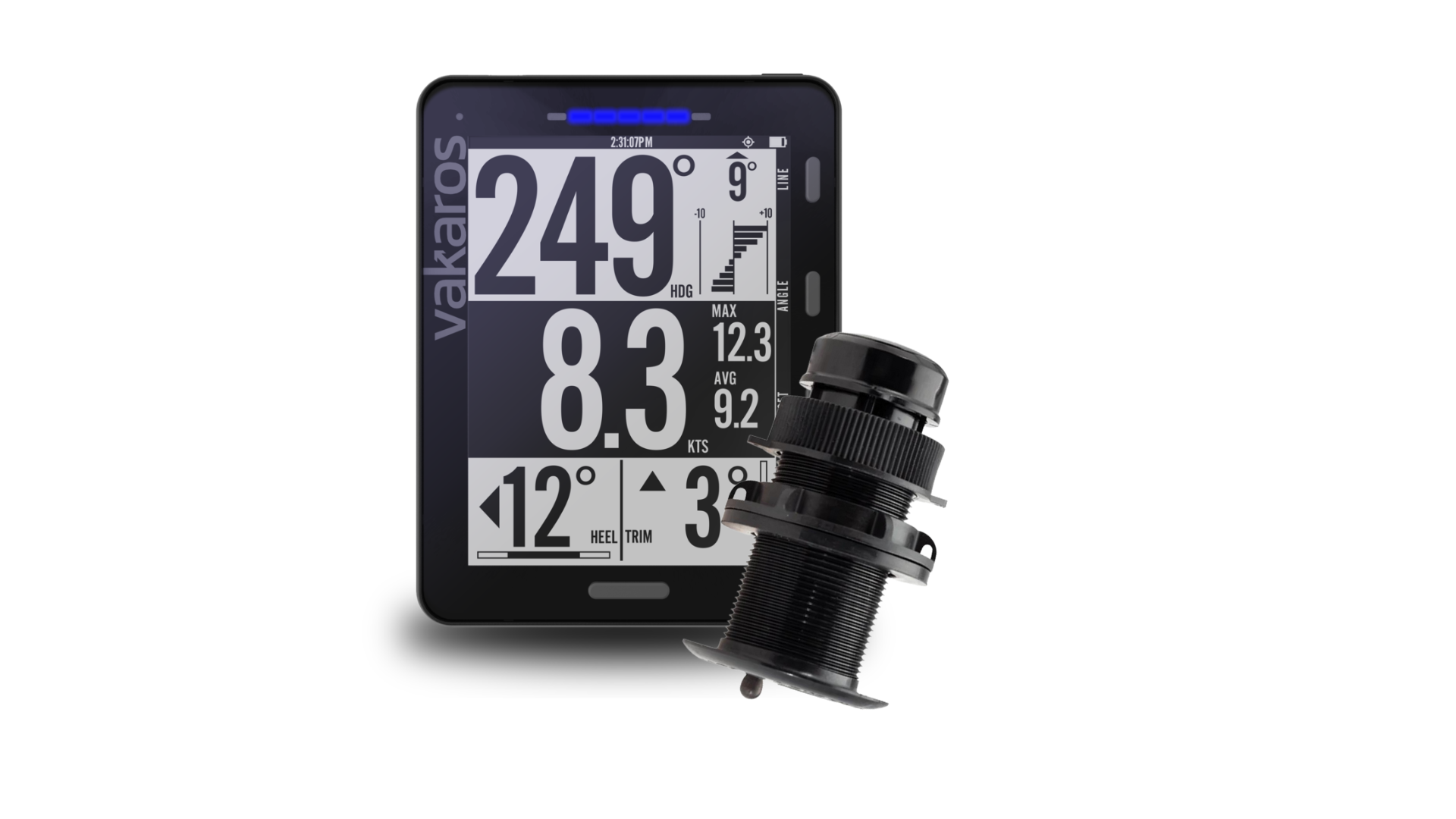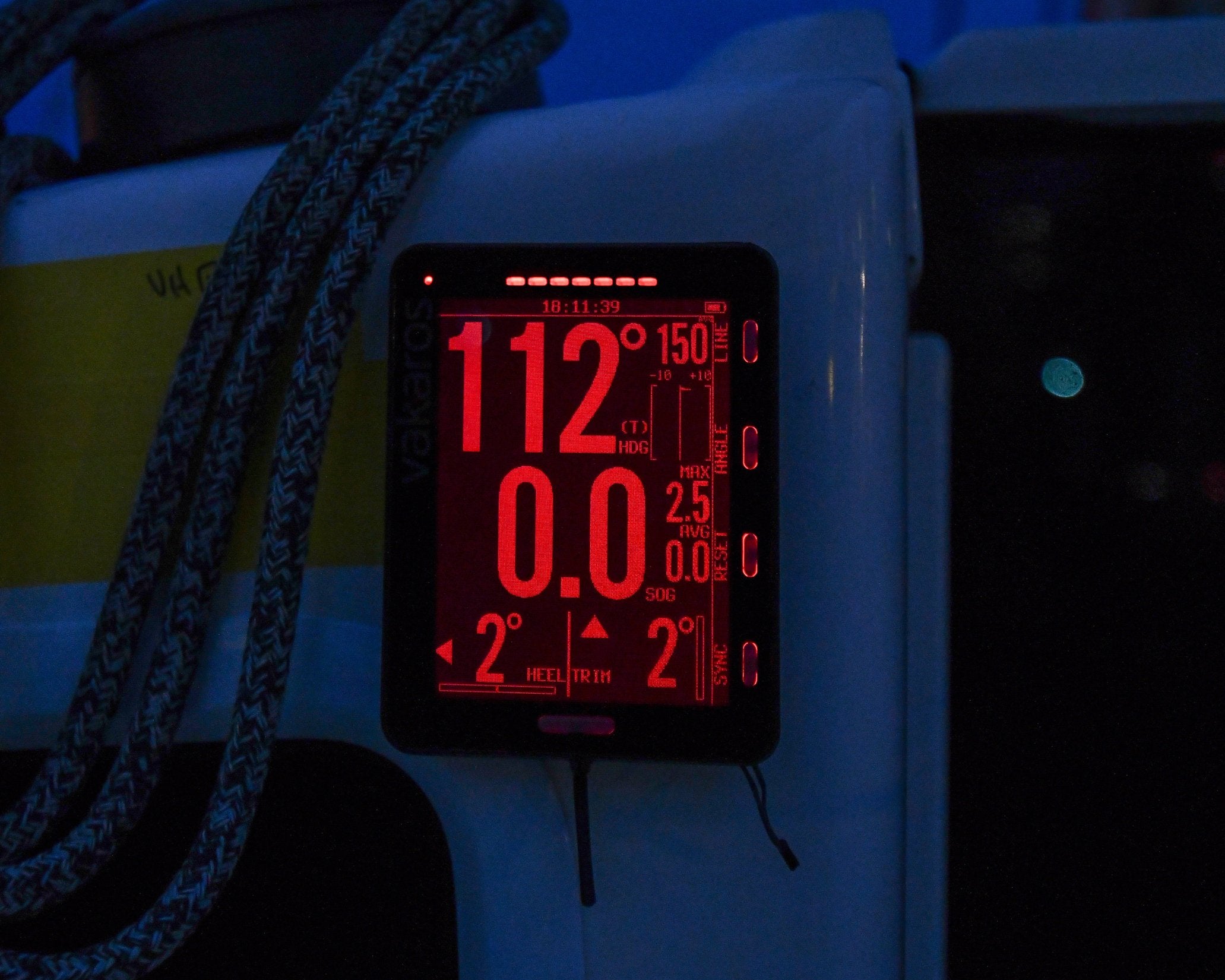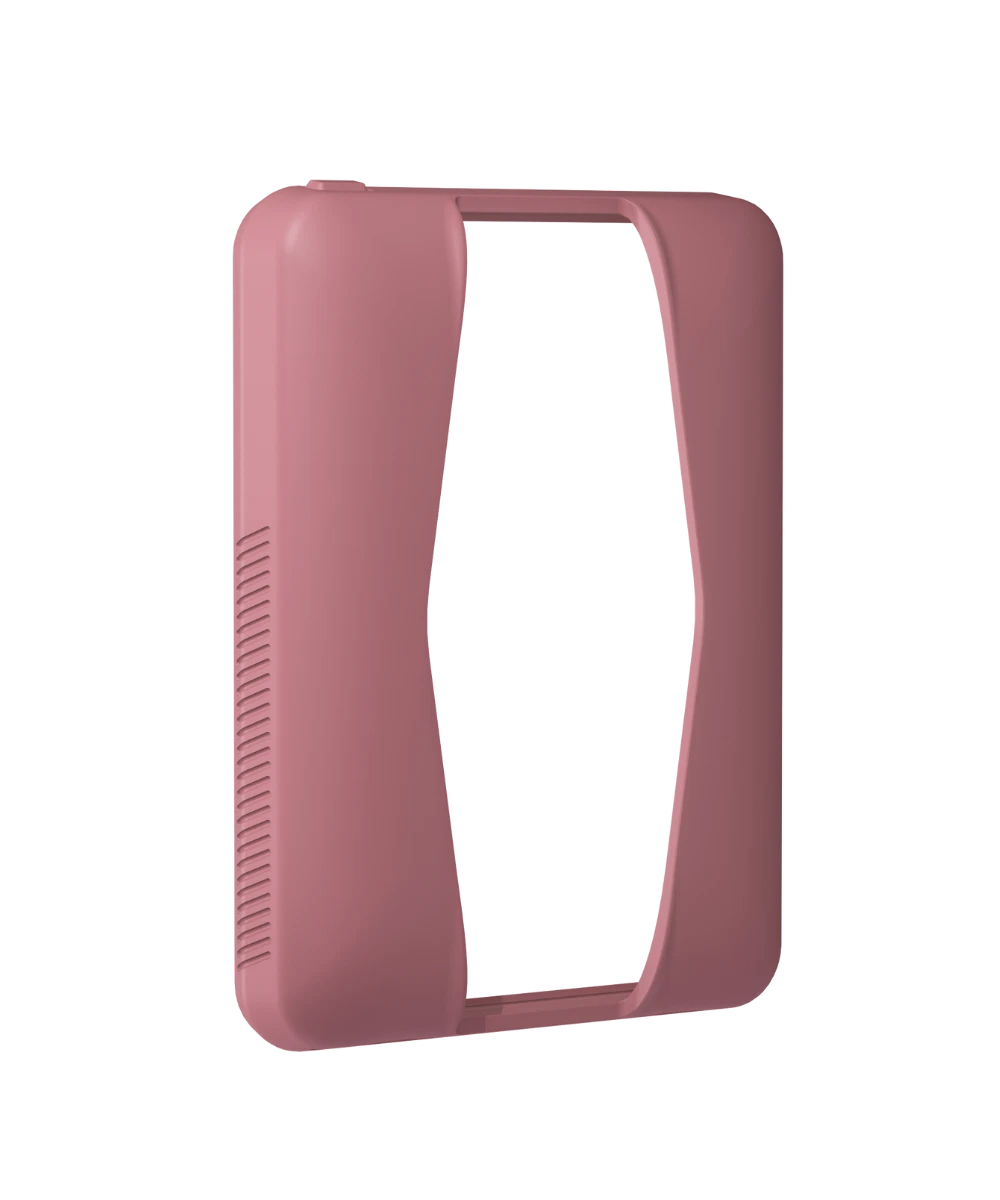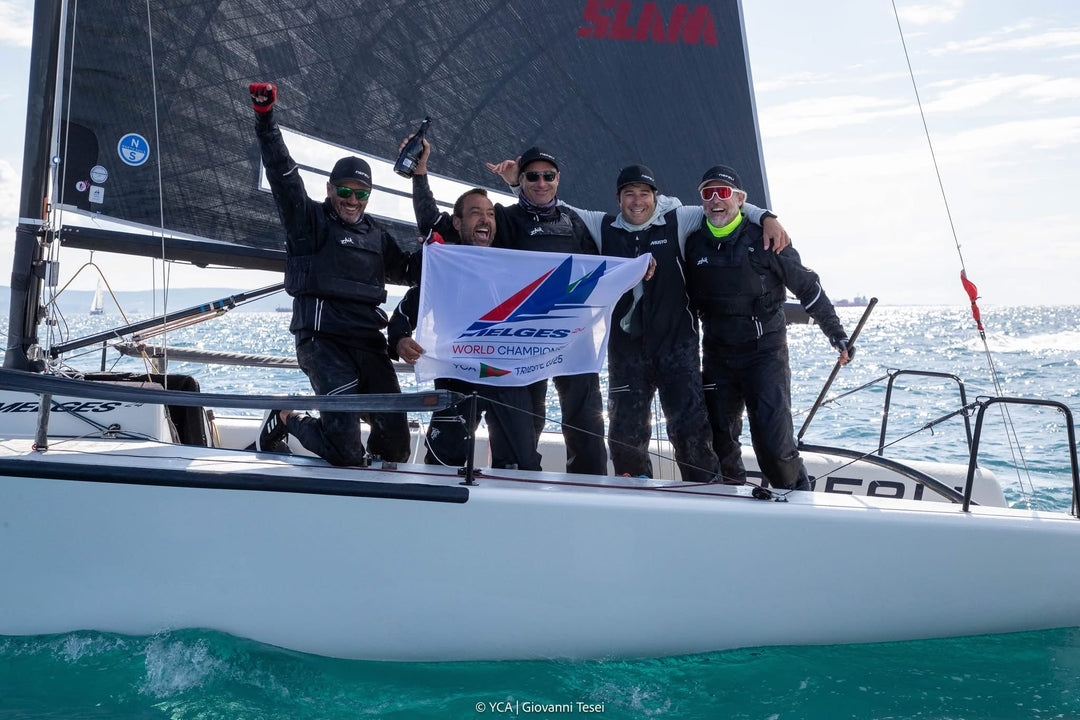Time-to-Line with Atlas
June 20, 2022
![]()
Starting is one of the most important and challenging aspects of racing. A front-row start in clear air maximizes boat speed and provides tactical options, setting a boat up for success on the first upwind leg, an advantage that is often magnified throughout the rest of the race. A poor start, deep in the pack, in dirty air leaves a sailor with few options, playing catch up for the rest of the race. Worse still, an OCS can put a boat at the back of the fleet or even earn a disqualification, ending any hope of a successful regatta. At the highest levels, pros combine years of experience and practice with powerful tools that help them nail the start almost every race. These tools, including the ability to predict when the boat will arrive at the starting line, haven’t been available in a useful way for the rest of the sport—until now.
“Win the start and extend”
In an ideal start, the boat arrives at the line with full speed, precisely as the timer reaches 0. This is no easy feat—managing boat speed, time, and distance while traveling at an angle to an imaginary starting line is a challenge, especially on smaller boats sailing in large fleets without a dedicated tactician. Traditional large-boat solutions for time-to-line (TTL) rely on accurate polar and wind data to predict the boats performance during the starting sequence, which can be effective with sufficient investment in calibration and setup but isn’t a feasible solution for a lot of sailors. The Atlas eliminates this complexity by using a powerful learning algorithm to build a performance model for your boat in real-time, without requiring polar data or any complicated setup.
How do I use time-to-line on the Atlas?
- Run shift tracking from the ANGLE screen, using the automatic method. This helps the Atlas capture performance data for your boat in the current conditions.
- Set up a starting line by pinging both ends from the LINE screen, just as you would normally.
That’s it! If the starting line moves or the wind changes, make sure to update your line and shift tracking information—you can run the above steps in either order and update them at any time. The more accurate this data is, the more reliable the time-to-line calculation will be.
With setup complete, the Atlas will now show a prediction of time-to-line on the starting page.* This time represents how long it would take for your boat to arrive at the starting line while traveling at your typical upwind speed and angle. TTL will update as you move closer or further from the line, but isn’t affected by your current speed—it is a prediction based on what the boat is capable of in the current conditions. This can help you figure out when to pull the trigger on a start from some distance back from the line, or give you an idea of how much time you need to burn before the start. Keep in mind that the Atlas isn’t able to account for other boats that you might need to avoid, so it’s always a good idea to leave yourself 10-15 seconds of extra time, and then burn that off once you have a clear lane in front of you.
Give it a try, and let us know what you think! You can get in touch through email, or let us know your thoughts over on Facebook or Instagram.




